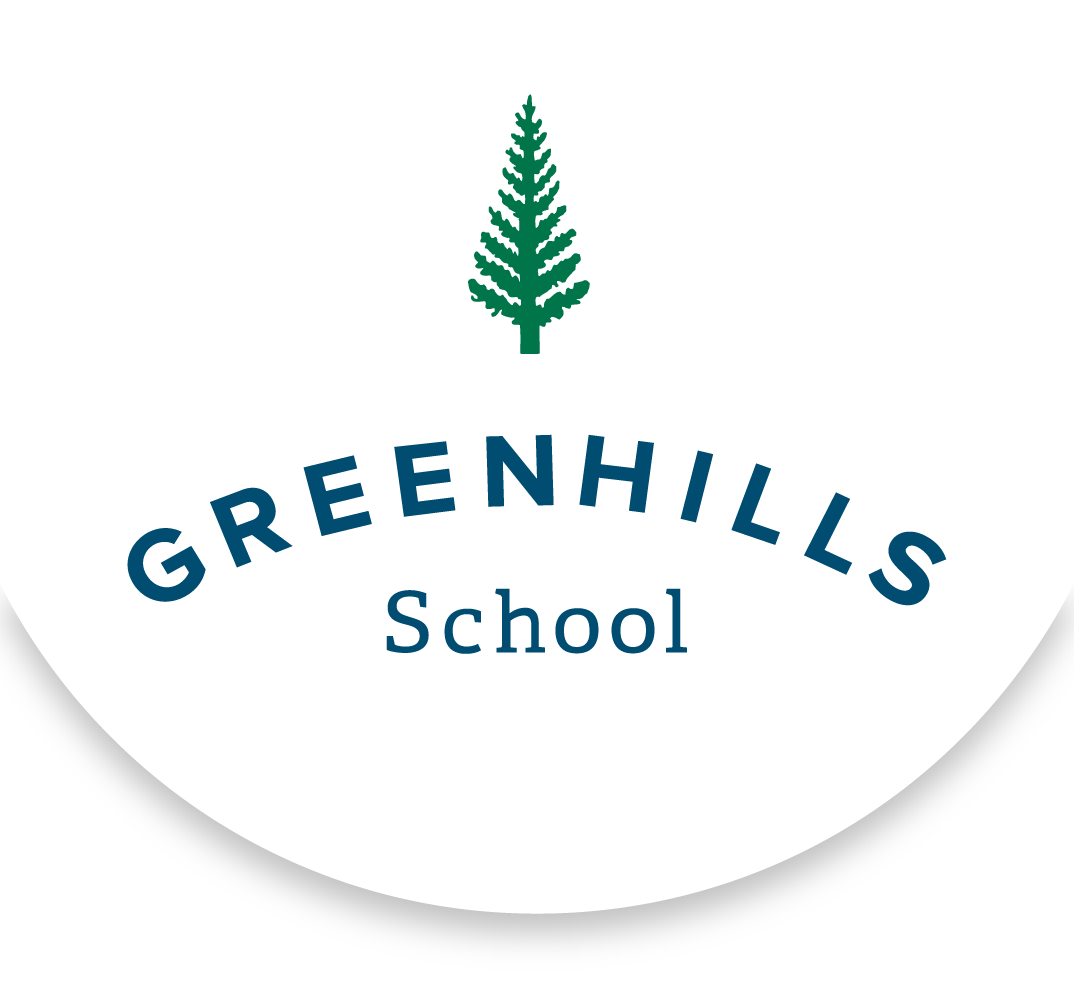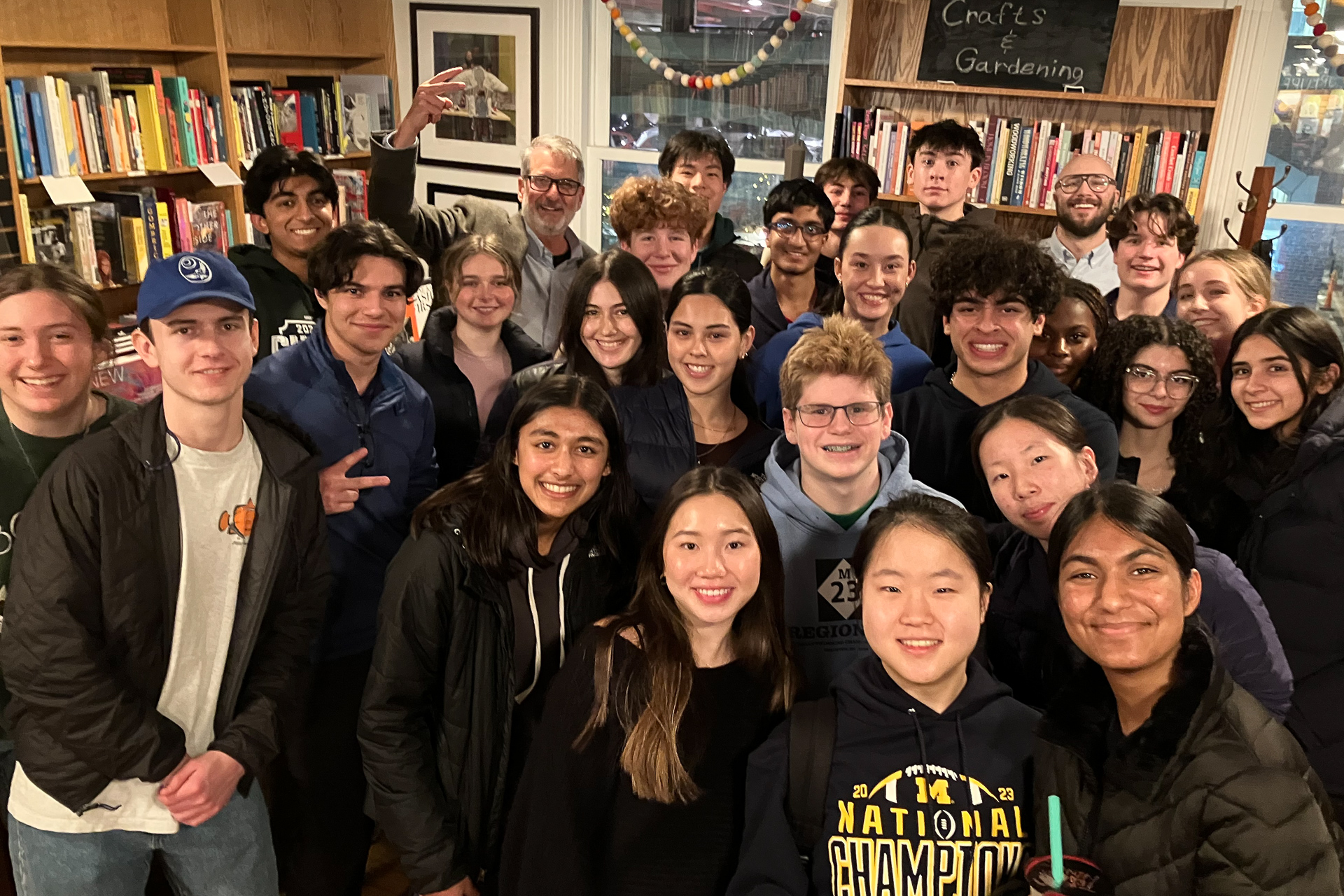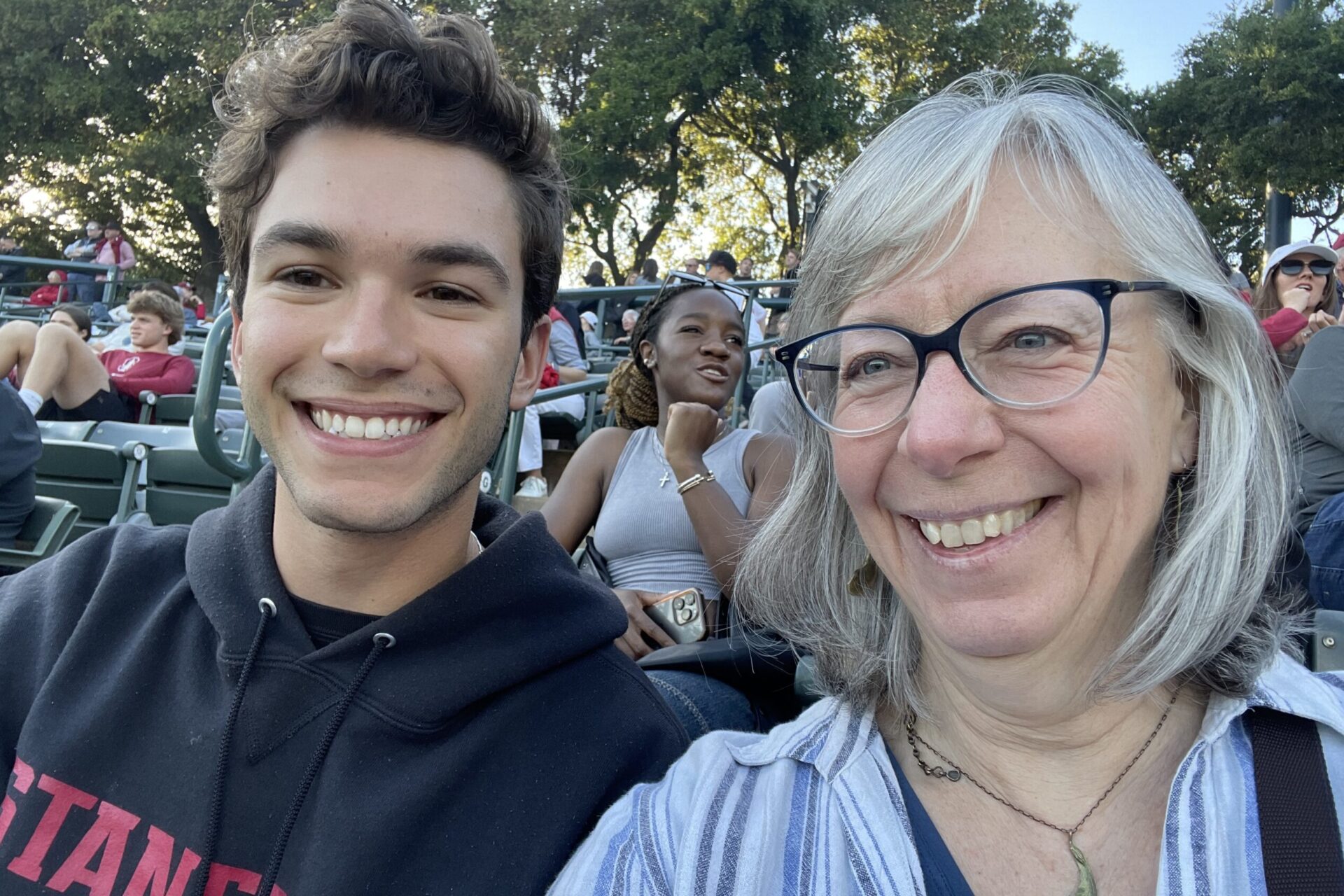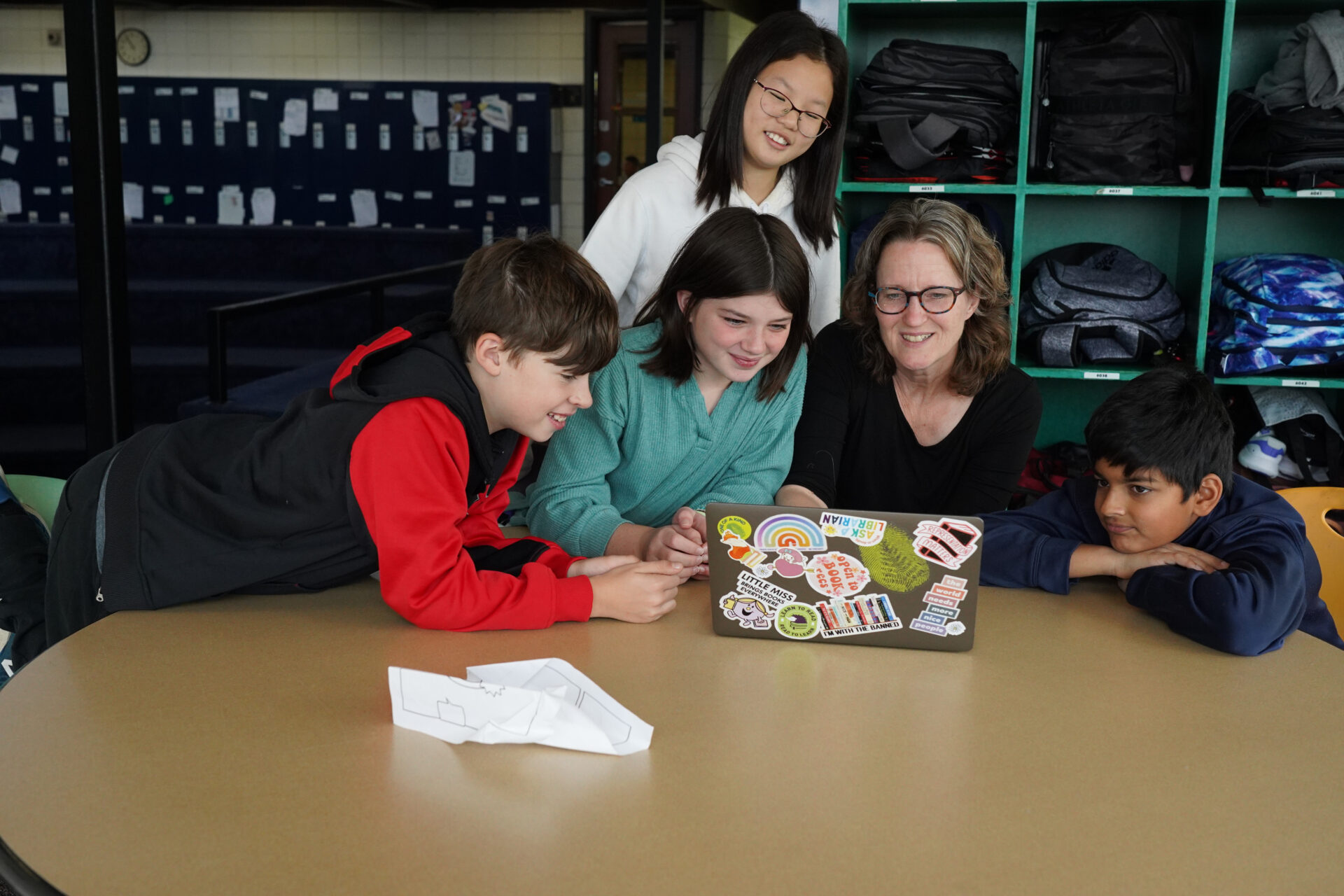From simple lab to full-blown experiment
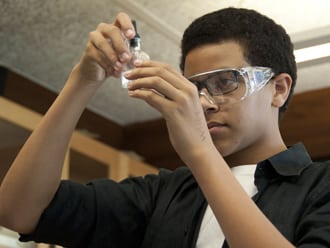
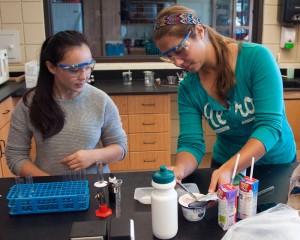 Inquiring minds don’t just want to know, they want to figure it out. Two summers ago, while thinking about my cell and molecular biology course, I started thinking about the types of lab activities we have done in the past and how to make them better. This idea stemmed from my summer experience at the AP Institute at St. Johnsbury Academy in Vermont, which I attended using funds from the Paulus Faculty Growth and Learning Program.
Inquiring minds don’t just want to know, they want to figure it out. Two summers ago, while thinking about my cell and molecular biology course, I started thinking about the types of lab activities we have done in the past and how to make them better. This idea stemmed from my summer experience at the AP Institute at St. Johnsbury Academy in Vermont, which I attended using funds from the Paulus Faculty Growth and Learning Program.
In the past, there were 12 prescribed labs that were a part of the AP Biology curriculum. Some of them were great, some weren’t. But due to the nature of the course and the standardized test that all AP Biology students took at the end of the year, all of them were straightforward, cookie-cutter labs. This is the same type of lab that I did when I was in high school. “Gather these materials, follow these steps carefully, and get this result.” If the results were not what was expected, that meant someone had made a mistake. I discussed this notion with other AP teachers at the Institute and on the drive back from Vermont (which is very long!), and I got to thinking about how this applied to cell and molecular biology and the labs I was doing with the students. As part of their Greenhills course, I added a question at the end of my students’ lab analysis: “Now that you’ve done this lab, what would you do next?” But I had left it at that, the thinking part.
Applying the 4-H motto from my younger days of “Learn to do by doing,” last year I started having my students act upon their queries. After doing the “cookie-cutter” labs, I posed 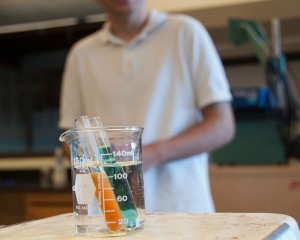 the question once again, now that you’ve done this, learned the lab skill, and know what to expect, what do you want to figure out? Then students went the next step, designed the labs and carried them out. The results were fantastic. While we didn’t do this with every lab last year, students really enjoyed being able to answer their own questions. At the end of the year, after the seniors were released, the CMB juniors spent 3 weeks designing their own experiments, trying them, modifying them, trying them again, and eventually reaching some conclusions about the questions they were trying to ask.
the question once again, now that you’ve done this, learned the lab skill, and know what to expect, what do you want to figure out? Then students went the next step, designed the labs and carried them out. The results were fantastic. While we didn’t do this with every lab last year, students really enjoyed being able to answer their own questions. At the end of the year, after the seniors were released, the CMB juniors spent 3 weeks designing their own experiments, trying them, modifying them, trying them again, and eventually reaching some conclusions about the questions they were trying to ask.
This year, I am excited to be doing more inquiry-based labs. Since there are still lab skills and techniques to be learned, we continued to carry out modified cookie-cutter labs. But now, these are a jumping off point, not a summation of what we have discussed in class. In September, this year’s CMB students learned the qualitative tests for identifying glucose, starch, protein and lipid macromolecules. The next lab period, they carried out experiments they designed themselves, identifying macromolecules in foods they had brought in from home. In October, students designed their own activities to demonstrate water’s properties, which they presented to the class. In November, we looked at enzyme function. After learning the pipetting and titration skills to determine the reaction rates of catalase enzymes on hydrogen peroxide, students designed experiments in order to determine how other factors affected the function of catalase. Students varied enzyme and substrate temperature, pH, salt concentration and even added molecules they had researched to be competitive inhibitors of the enzyme’s active site.
In doing these inquiry-based projects with their peers, students are carrying out actual experiments, rather than lab-based activities. They are defining their own parameters, learning about the importance of controlling extraneous variables and the need to carry out multiple trials. In so doing, students are developing the curious minds of scientists. They are identifying pertinent questions and learning how to develop ways to solve their own problems and work together as a team in order to pool their knowledge base and experience with their peers in order to tackle their question together. These skills will not only help them to understand the metabolic activities of the cell, but will also enable them to develop the habits of mind and tenacity required to realize their full potential as they become contributors to a better world.
— by Greenhills science teacher Julie Smith
